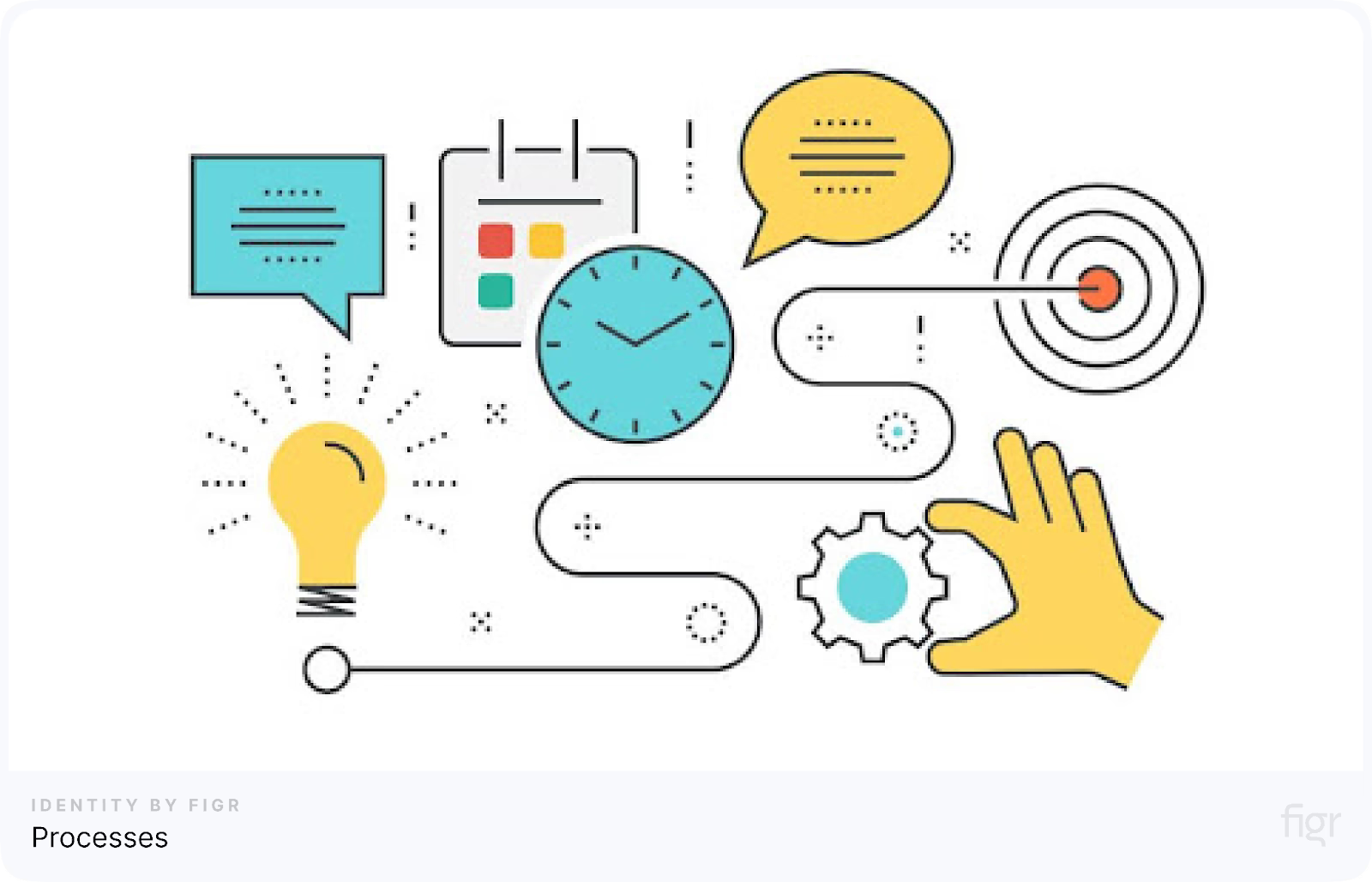Table of Contents
- Introduction to DesignOps
- Importance of Automation
- Core Components of DesignOps
- Key Tools and Techniques
- Real-World Examples of Automation Success
- Potential Challenges in Automation
- Future Trends in Automation
As design teams grow, managing workflows, collaboration, and consistency becomes more complex. Manual processes can slow down production and create inconsistencies across projects. Automation helps teams streamline repetitive tasks, ensuring that design systems, asset management, and approvals happen smoothly. By reducing time spent on administrative work, designers can focus more on creativity and problem-solving.
Automation plays a key role in making DesignOps more efficient. It helps standardize workflows, maintain design quality, and improve team collaboration. Automated tools can assist with version control, feedback collection, and asset distribution, reducing the risk of errors and delays. As organizations grow, automation facilitates a structured approach to design management, keeping processes organized and efficient. This enables teams to deliver high-quality work more quickly while ensuring consistency across various projects and platforms.
Importance of Automation
Automation is essential for increasing design operations’ uniformity and efficiency. It helps teams manage repetitive tasks, such as file organization, asset creation, and version control, reducing manual effort. This allows designers to focus on creative work instead of administrative tasks. With automation, teams can also standardize workflows, ensuring processes remain smooth as they grow. This reduces errors and improves collaboration, making it easier for teams to scale their operations.
As design teams grow, managing workflows across multiple projects becomes increasingly tricky. Automation addresses this challenge by streamlining approvals, feedback loops, and handoffs between teams. It ensures that tasks progress without delays, helping to keep projects on track. Additionally, automation enhances communication and reduces bottlenecks, making it easier to manage expanding activities. This allows teams to meet rising expectations by improving overall efficiency and speeding up project completion.
Core Components of DesignOps
At the heart of an effective DesignOps strategy are several key components, each of which can be significantly enhanced through automation. Workflow management is a critical area where automation can remove bottlenecks, allowing teams to operate seamlessly and increase throughput. Resource allocation and task management also benefit from automation, granting project managers unparalleled visibility and control over current and future projects. Design systems management is vital to DesignOps, maintaining consistency across products through component libraries, guidelines, and shared assets. Design teams can focus on innovation when these aspects are automated, ensuring uniformity and quality across all projects. By automating version control and asset updates, teams minimize redundancy and multiplicity of efforts, efficiently aligning everyone’s contributions toward unified goals.
Key Tools and Techniques
Several tools and techniques stand out as transformative when integrating automation within DesignOps. Project management platforms like Asana and Trello offer intuitive interfaces for task tracking, scheduling, and collaboration, automating notifications and updates to keep everyone on the same page. These tools empower teams to visualize and manage complex projects with ease. Similarly, design systems tools such as Figma and Sketch allow for automated updates and robust version control capabilities, fostering a culture of sharing and consistency. By automating repetitive tasks, teams can dedicate more time to creative problem-solving and innovation. Embracing these platforms allows design teams to scale effectively, delivering high-quality products on time.
Real-World Examples of Automation Success
Many companies have witnessed the transformative impact of automation on their DesignOps processes. For instance, a leading global tech firm implemented automation in its design review process, achieving a 30% reduction in the time required to complete reviews while simultaneously boosting throughput and quality. Such improvements demonstrate how strategic automation can yield substantial operational efficiencies, driving the company towards superior performance outcomes. By aligning design processes with automated workflows, companies can remain competitive, adapting to market changes with agility and precision. This ability to swiftly adapt to new market conditions allows businesses to capitalize on emerging opportunities, fostering sustainable growth and innovation.
Potential Challenges in Automation
Automation in DesignOps provides significant benefits, including increased efficiency, reduced human error, and improved scalability. However, implementing these systems can be challenging due to resistance to change, which may lead to concerns about job security or a loss of familiarity with existing processes. The initial costs of setting up automated systems can also be considerable, covering software and hardware acquisition, staff training, and potential short-term dips in productivity.
To overcome these challenges, organizations should encourage open dialogue among stakeholders, communicate clearly about the changes, and highlight the tangible benefits of automation. Implementing effective change management strategies—such as creating structured plans, setting realistic timelines, and identifying change champions—can help alleviate concerns. Coupling these strategies with ongoing support and training, including workshops and one-on-one coaching, can ease the transition process and empower team members to embrace the advantages of automation. This all-encompassing strategy improves acceptance and encourages a culture of ingenuity and flexibility within the organization.
Future Trends in Automation
The automation landscape in DesignOps is rapidly evolving, with several exciting trends on the horizon. AI-driven tools and platforms are poised to revolutionize how design teams collaborate and create, offering new possibilities for integration and innovation. These advanced tools can predict needs, automate complex design operations, and suggest creative directions, further enhancing the creative process. Enhanced connectivity and integration between various design and project management tools will streamline workflows, enabling real-time collaboration and feedback among distributed teams. As organizations embrace these technological advancements, they stand to transform their creative processes, delivering products that meet the dynamic needs of modern users. Businesses may position themselves as leaders in digital product design and consistently push the boundaries of what is possible by being abreast of the newest developments and adapting to emerging trends.



































